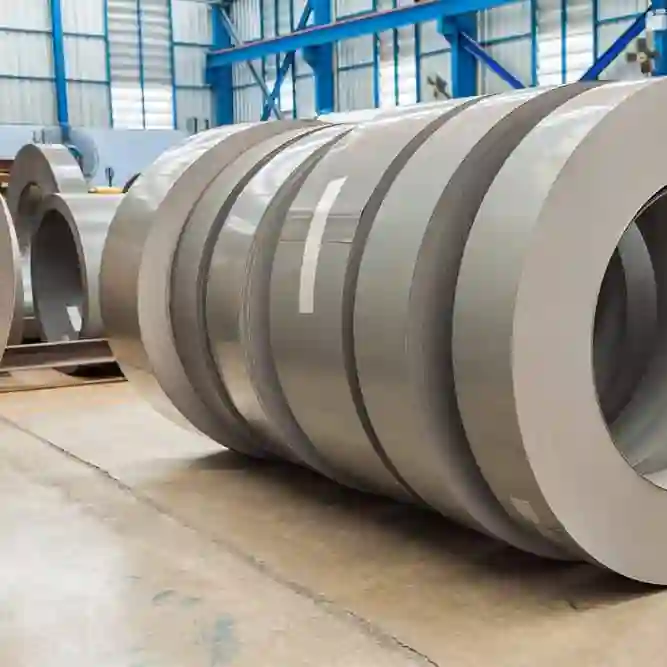Hebei Messi Biology Co., Ltd. stated that silicon steel magnesium oxide is used as a high-temperature annealing isolating agent in the production of oriented silicon steel sheets. When acting on the surface of the silicon steel sheets, a good glass film, that is, an insulating coating, is formed on the surface, which enhances the insulation of the silicon steel sheets. performance, while also reducing the core loss of the silicon steel sheet. However, at present, most silicon steel grade magnesium oxide in my country adopts the dolomite carbonization process technology route. The products contain many impurities and cannot fully meet the requirements for silicon steel sheet production.
This paper uses salt lake chlorite as raw material, uses ammonia precipitation method to prepare the precursor high-purity magnesium hydroxide, and then calcines it at high temperature to prepare silicon steel grade magnesium oxide. The related process and preparation reaction conditions are studied. Through research on the preparation of high-purity magnesium hydroxide as the precursor, it was determined that the Mg2+ concentration of the brine was 4.3mol/L, the ammonia concentration was 28%, the reaction temperature was 90°C, the brine addition rate was 3.3mL/min, and the optimal reaction pH value was 9.0 Test conditions.
The precursor magnesium hydroxide prepared under these conditions has good sedimentation performance, the magnesium conversion rate reaches 95%, the crystal form of the sample is a hexagonal crystal structure, its purity reaches 99.6%, and the median particle size D50 of magnesium hydroxide is 22.643 μm. After the precursor magnesium hydroxide was ultrafinely pulverized, it was calcined in a high-temperature furnace to produce magnesium oxide. The influence of factors such as calcination temperature and calcination time on the hydration rate of magnesium oxide was focused on. The test results showed that with the calcination temperature, With the increase of calcination time and the extension of calcination time, the hydration rate of magnesium oxide shows a downward trend, and the effect is better when cooled in a vacuum state.
Through the calcination experiment, the optimal calcination experimental conditions determined are: calcination temperature 1200°C, calcination time 3 hours, the hydration rate of the produced magnesium oxide is 3.47%, which meets the requirements of silicon steel grade magnesium oxide. The cooling effect is better under vacuum conditions, which can reduce the hydration rate to 3.20%. XRD analysis results show that there is no impurity phase in magnesium oxide. After chemical analysis, the purity of magnesium oxide reached 99.85%. ICP-AES was used to detect the impurity content in magnesium oxide. The main impurities, such as calcium, iron, and silicon, were found to be very small. Laser particle size analysis results show that the median particle size D50 of magnesium oxide is 2.635 μm, and particles smaller than 5 μm account for 82.8%. All indicators are better than the standard of silicon steel grade magnesium oxide. This method has the characteristics of high product purity, low impurity content, simple process flow, and low production cost. It provides a reliable and effective way for the development and production of high-quality silicon steel grade magnesium oxide from Salt Lake magnesium resources.

